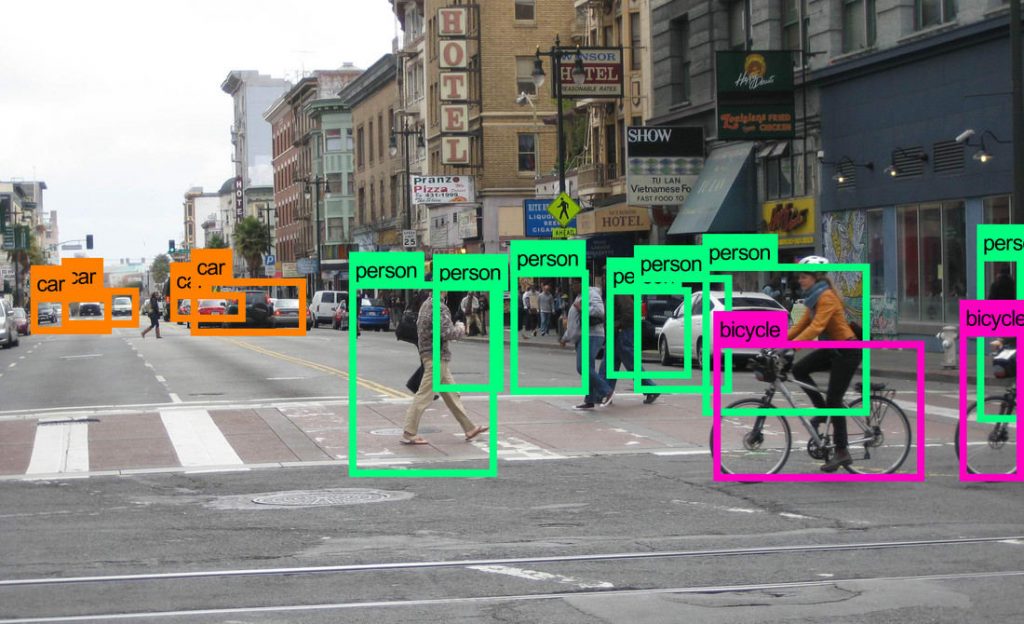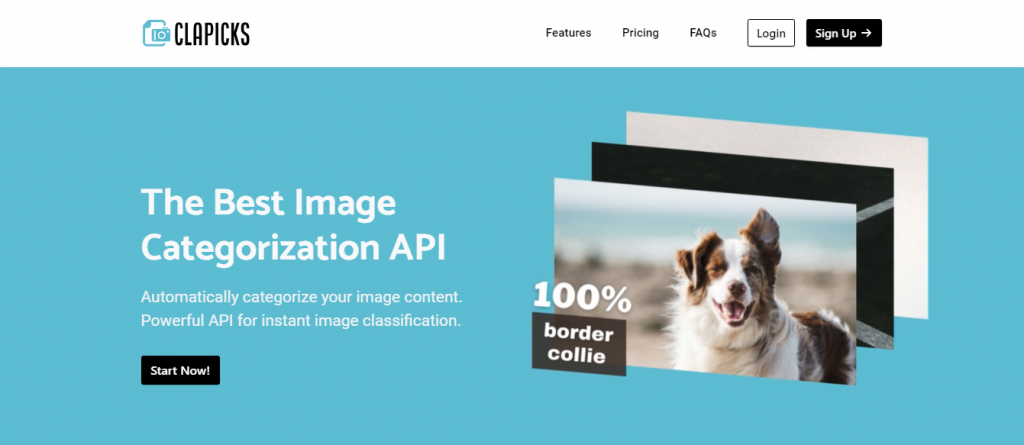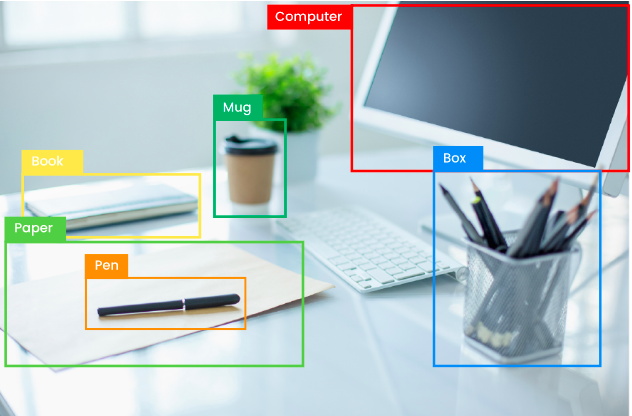Are you about to start employing an object classification API? There are 3 things you should before start using one of them! So if you want to know them, read this article until the end and you’ll also get to know the best API available online in 2022!
When identifying and analyzing the images, humans are able to discern and perceive a number of aspects of the objects. The reason for this is that our brains are inherently wired to distinguish between objects and images.
On the other hand, the computer sees images as a collection of numbers and examines patterns in digital images, video graphics, or separates out significant components of images. Deep learning algorithms have helped to usher in a new era of picture recognition as a result of the advancement of smartphones and more reasonably priced cameras.
Image and object classification APIs are used extensively and often throughout a number of industry sectors, including as gaming, automobiles, and e-commerce. When choosing an image recognition tool, accuracy is a critical aspect to take into account. Depending on the applications, flexibility, speed, and constant learning are also viewed as essential needs.

The 3 things you should know before using an object classification API
- Object classification is not the same as Image segmentation: Image segmentation produces a comprehension of a scene’s elements at the pixel level while image recognition just generates a class label for an identified object. Object detection differs from these other tasks because of its distinctive capacity to find items inside an image or video. This then enables us to count those objects and track their movement.
- You’ll need to test the accuracy of the model you’re using: The location and label of each object are output by object detectors, but how can we assess the performance of the model? The most widely used measure for determining an object’s position is intersection-over-union (IOU). Given two bounding boxes, we calculate the intersection’s area and divide it by the union’s area. This number might be between 0 and 1 (no interaction) (perfectly overlapping).
- You’ll need to know where you want to apply it: You might think about executing your object detection model directly on an edge device like a mobile phone or IoT board if your use case necessitates real-time object detection, operation without internet connectivity, or use of private data. Then, in order to ensure that everything functions properly on these lower power devices, you must select particular model architectures.
Clapicks
The image classification API from Clapicks is a straightforward and useful tool for classifying photos into several groups. Using this API, you may classify images of persons, products, scenes, and other things. Only a few of the benefits that Clapicks will offer to you include the capability of automatically classifying images into specified categories and the benefit of managing a sizable quantity of images quickly and effectively.

Clapicks will present a thorough list of every category that the image is listed under when the image URL is entered. When the image’s confidence score, which runs from 0 to 1, is close to 1, the object identification performance will be improved. The label method of this API allows you to name-identify specific objects in images.

